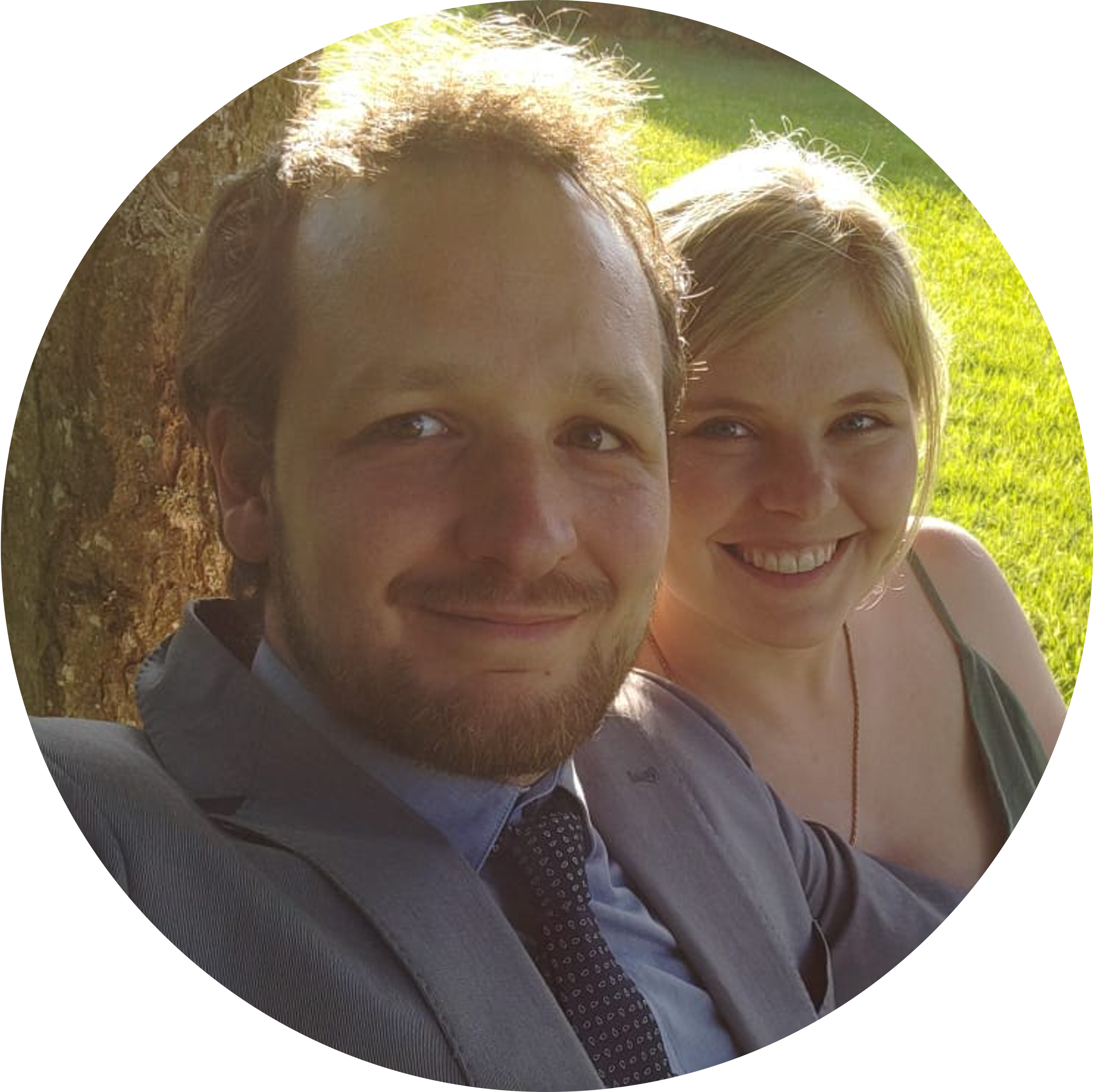Pour nos derniers jours en Martinique (déjà !!) et avant de s’envoler pour la Guyane, nous passons quelques jours à Fort-de-France afin de s’imprégner un peu de l’atmosphère de la ville et y tester ses plats végétariens, grâce aux très bonnes recommandations de notre hôte. Une onde tropicale passe le premier jour ce qui nous fait voir tout en gris, mais nous nous abritons dans les musées et en apprenons plus sur l’histoire pré-colombienne de l’île et l’importance toujours actuelle de la culture des peuples amérindiens. Les jours suivants, le soleil revient ainsi que la chaleur et nous flânons avec plaisir dans la ville. Beaucoup nous ont dit ne pas y trouver d’intérêt et c’est vrai que les 4 nuits nous ont suffi, mais la ville vaut le coup d’oeil. Pour finir, on ne pouvait pas faire autrement que de visiter La Favorite, distillerie de rhum traditionnelle qui fonctionne encore sous nos yeux.
For our last days in Martinique (already!!) and before heading off to French Guiana, we spend a few days in Fort-de-France to soak up a bit of the city’s atmosphere and try out its vegetarian dishes, thanks to our host’s very good recommendations. A tropical wave passed through on the first day, making us see everything in grey, but we took shelter in the museums and learned more about the island’s pre-Columbian history and the continuing importance of Amerindian culture. Over the next few days, the sun and the heat return, and we enjoy strolling around the city. Many people told us they didn’t find it interesting, and it’s true that the 4 nights were enough for us. But the city is well worth a visit. Finally, we had no choice but to visit La Favorite, a traditional rum distillery still operating before our very eyes.
La ville – The city ⛪️
Petite ruelle sympathique qui nous attira plusieurs fois : bars, restaurants, glaces maisons y figurent. – Nice little street that we passed by a lot: bars, restaurants, homemade icecreams are there to please us.
Gauche : bibliothèque Schoelcher, un des seuls bâtiments ayant survécu à l’incendie qui ravagea la ville en 1890. Droite : la cathédrale, dont la flèche n’a qu’une armature destinée à laisser passer les vents forts qui soufflent ici. – Left: Schoelcher library, one of the few buildings to survive the fire that destroyed the town in 1890. Right: the cathedral, whose spire has an open frame designed to let through the strong winds that blow here.
Vues depuis le fort Saint-Louis que nous avons visité, et qui est une base navale toujours active. – Views from fort Saint-Louis that we visited. It still is an active naval base.
La ville possède quelques décorations murales intéressantes. – The city offers some interesting wall paintings.
Distillerie La Favorite – La Favorite distillery 🥃
Après un petit périple en bus, nous accédons à pied à la distillerie. Ici, pas de visite guidée mais on peut naviguer dans le périmètre, voir les ouvriers travailler et les machines broyer la canne à sucre. Cette distillerie nous avait été recommandée par Sylvestre, notre guide à Trois-Rivières, merci à lui car nous ne l’avons pas regretté. La dégustation nous a beaucoup plu car nous avons pu tester un rhum blanc qui venait de sortir, très bon tout seul (sans le boire en ti punch), des expérimentations (distinguer les différences entre deux rhums strictement similaires si ce n’est que l’un a vieilli en fût de chêne français et l’autre américain), goûter des rhums vieux de 4 et 8 ans, et un « brut de colonne » sorti directement de la distillation avec 70% de taux d’alcool. Nous étions là au moment où une photographe a pris des clichés publicitaires pour un site de tourisme martiniquais, notre attrait pour le rhum sera donc vraiment connu de tous !
After a short bus journey, we reach the distillery on foot. There’s no guided tour here, but you can explore the perimeter, watch the workers at work and the machines crushing the sugar cane. This distillery had been recommended to us by Sylvestre, our guide in Trois-Rivières. Thanks to him, we didn’t regret it. We really enjoyed the tasting, as we were able to try out a newly-released white rum that was very good on its own (without drinking it as a ti punch). We experimented (distinguishing the differences between two rums that are strictly similar except that one has aged in French oak barrels and the other in American ones). We also tasted 4 and 8-year-old rums, and the direct product of the distillation process at 70% alcohol rate. We were there when a photographer took some shots for a Martinique tourism website, so our love affair with rum will truly be common knowledge!
La distillerie et le travail de récupération des restes végétaux de la canne afin d’alimenter les machines par combustion. Ainsi, pas d’autre dépendance énergétique. – The distillery and the work of recovering the remains from the cane to fuel the machines by combustion. Doing like this, there is no dependency on another energy source.
Machinerie et cuves de fermentation – Machinery and fermentation vats.
Colonne de distillation en cuivre – Distillation column in copper
Vieillissement en fût de chêne – Oak barrel ageing
Notre dégustation « favorite » – Our « favorite » rum tasting
C’en est fini de la Martinique et ses plages magnifiques, ses rhumeries et sa nature dense et belle (nous y reviendrons peut-être dans de futures publications). That’s the end of Martinique and its magnificent beaches, its rum factories and its dense, beautiful nature (we may come back to it in future publications though).
Maintenant, direction la Guyane ! Let’s head to French Guiana! 🛫

